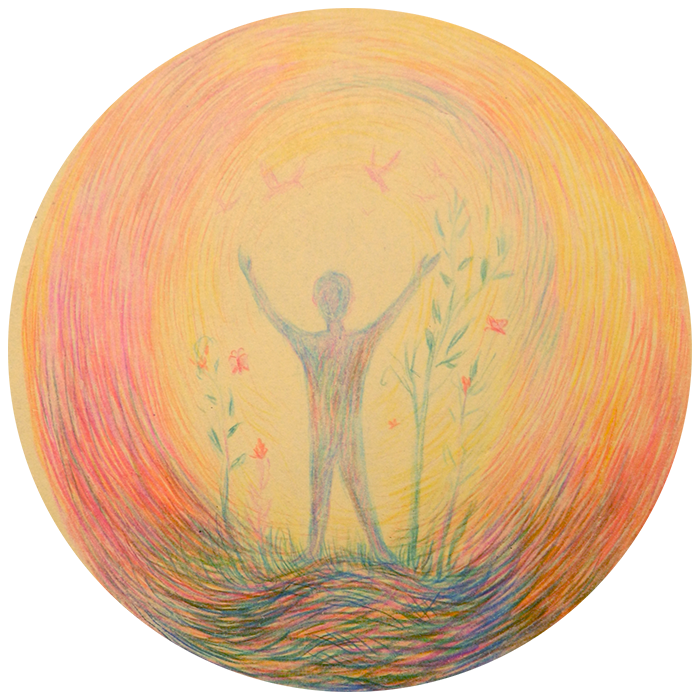
Academic prowess
The lessons, while being engaging and often fun, demand individual thought as well as practical effort. Until Grade 9, children make their own textbooks from lessons taught in class. Thereafter, they begin to use prescribed textbooks. They develop a deep and personal grasp of the subjects they learn.

Joy in the process of learning
Waldorf/Steiner education is highly respected the world over for its age-appropriate pedagogy. It tries to provide enjoyable, relevant learning, and develop ethical and capable individuals who can contribute to society. By showing them how to apply and advance their natural learning abilities, the curriculum aims to instil the joy of learning in every child.

Arts-integrated curriculum
Teaching in itself is an art at Sloka. A healthy mix of the sciences and the arts within the Waldorf curriculum encourages children to hone their critical thinking hand-in-hand with imagination. Sloka students have proven their mettle, excelling in any field they choose. While some of them have scored 10/10 GPAs in the CBSE exams and been invited to institutes like MIT and ISRO, others have published books, and performed with international musicians. One of our student’s entry won the prestigious Cannes Award in the short film category.

Physical and mental well-being
Sloka’s child-centred approach equips students with tools for developing self-sufficiency, emotional intelligence, and confidence. Aside from being able to express their emotions and thoughts through the arts, students learn to journal, do research, and solve problems. Yoga, Eurythmy, and other somatic activities also help ground them in a wholesome sense of balance.

Loving guidance
It is our endeavour that the same teacher — the Class Teacher — stays with the students from Grade 1 to Grade 8, ensuring years of deeper understanding of the child’s interests and passions. Class Teachers use this knowledge to guide their students on their unique learning trajectories. Students also choose a personal Mentor after Grade 8.

Strong sense of community
At its heart, Sloka is a community that grows together. The school’s trustees, teachers, support staff, students, and parents come together frequently, on decisive matters as well as lively gatherings such as the Winter Bazaar, students’ performances, and other seasonal and annual festivities.











